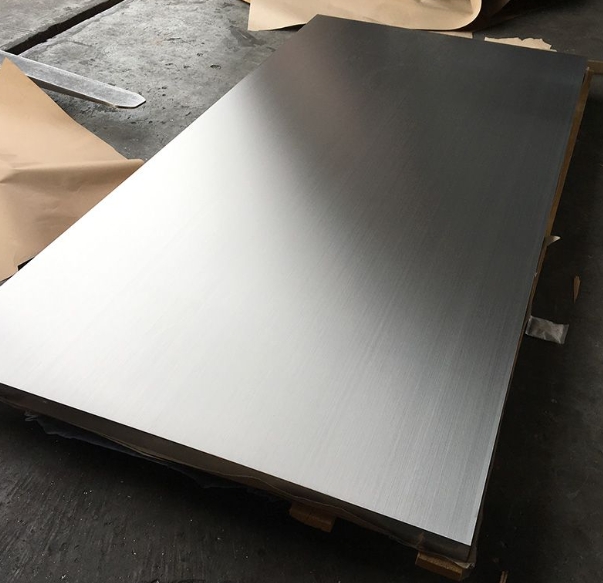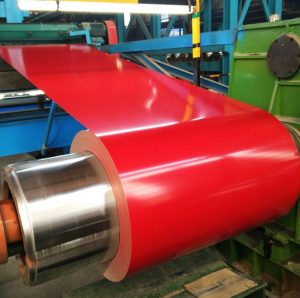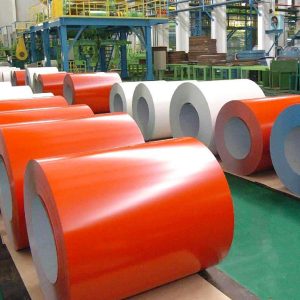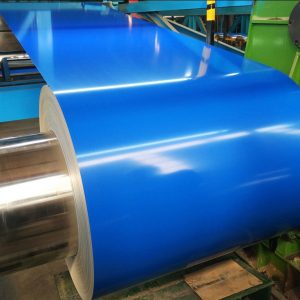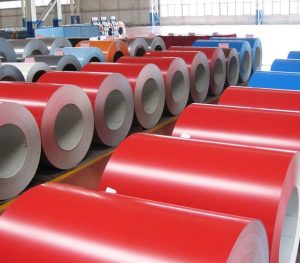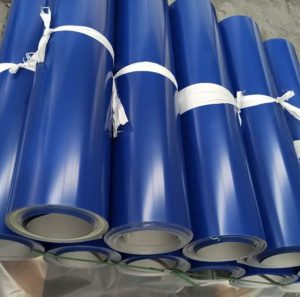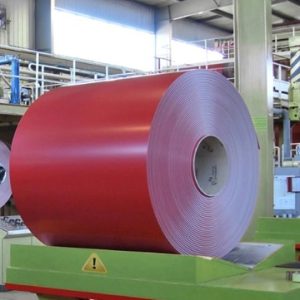What Is Plasma Cut Aluminum Plate?
Plasma cut aluminum plate is a versatile and efficient material used across a variety of industries, including aerospace, automotive, and manufacturing. The process of plasma cutting involves using a high-velocity jet of ionized gas (plasma) to melt and cut through aluminum plates. This method allows for high precision, excellent edge quality, and minimal material waste, making it a preferred choice for many applications.
In this article, we will explore the characteristics, applications, benefits, and challenges of plasma cut aluminum plates. We will also guide you through the best practices for selecting and working with this material, backed by real-world examples and practical advice.
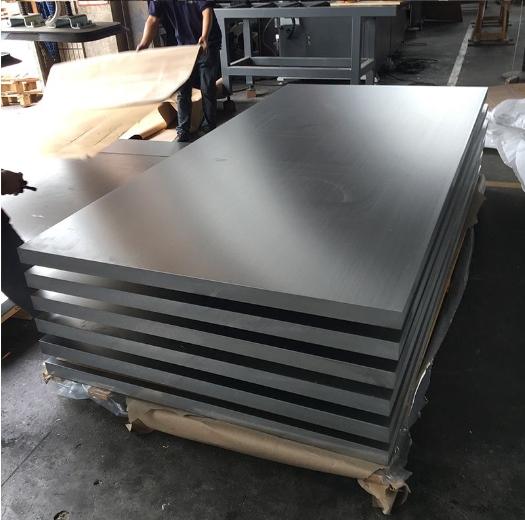
How Plasma Cutting Works
Plasma cutting is a high-heat process that involves ionizing gas to create a plasma arc, which then melts the aluminum and blows the molten material away. Here’s how the process works:
-
Ionization of Gas: The plasma cutting machine uses a gas (often air, nitrogen, or oxygen) that is ionized by an electrical arc. This creates a superheated jet of plasma.
-
Melting of Material: The plasma jet is directed at the aluminum plate, melting it at the cutting area.
-
Blowing Away the Melted Material: The high-pressure plasma stream blows the molten aluminum away, leaving a clean, precise cut.
The advantage of plasma cutting over traditional methods, like laser cutting, is its ability to cut through thicker materials more efficiently and at a lower cost.
Why Choose Plasma Cut Aluminum Plate?
Plasma cut aluminum plates offer several advantages over other cutting methods, making them the material of choice for various industries. Here are some key reasons why you should consider using plasma-cut aluminum plates for your next project:
1. Precision and Accuracy
Plasma cutting provides high accuracy, especially when paired with modern CNC (computer numerical control) machines. This means you can achieve tight tolerances and fine cuts on even complex shapes.
2. Cost-Effective
Compared to other methods, plasma cutting is relatively inexpensive, particularly for thicker plates. The process requires minimal tooling, and its fast cutting speed reduces labor costs.
3. Versatility
Plasma cut aluminum plates can be used for a wide variety of applications, including fabrication, automotive parts, HVAC systems, and even decorative projects. The ability to cut through a range of thicknesses and shapes adds to its appeal.
4. High-Speed Cutting
The plasma cutting process is fast, reducing production time and making it ideal for large-scale operations. It can cut through aluminum plates quickly, without sacrificing quality.
Applications of Plasma Cut Aluminum Plates
Plasma cut aluminum plates are used across numerous industries for various applications. Below are some of the most common uses:
1. Aerospace Industry
In aerospace, plasma cut aluminum plates are used for structural components and assemblies due to the material’s lightweight and high-strength properties. Precision is crucial in this industry, and plasma cutting provides the accuracy required.
2. Automotive Manufacturing
The automotive industry relies heavily on aluminum for vehicle components such as body panels, engine parts, and trim pieces. Plasma cut aluminum plates are ideal for producing these components because of their ability to handle complex shapes and curves.
3. Construction and HVAC
Plasma cut aluminum is frequently used in construction, particularly for HVAC systems, where custom-cut aluminum ducts and panels are essential. The material’s lightweight and corrosion-resistant properties make it ideal for this purpose.
4. Architectural Design and Decoration
Artists and designers often use plasma cut aluminum for sculptures, signs, and other decorative items. The ability to create intricate designs with minimal material waste makes it an attractive choice for creative projects.
How to Choose the Right Plasma Cut Aluminum Plate
Choosing the right plasma cut aluminum plate for your project involves considering several factors. Follow this step-by-step guide to make an informed decision:
Step 1: Determine the Plate Thickness
The thickness of the aluminum plate will determine the cutting parameters and the machine settings. Plasma cutting is effective for materials ranging from 1mm to 50mm thick. Choose a thickness that suits the requirements of your application.
Step 2: Select the Appropriate Aluminum Alloy
Different aluminum alloys offer varying levels of strength, corrosion resistance, and workability. For instance, 6061 aluminum is widely used for general-purpose applications, while 5052 aluminum is preferred for marine and high-corrosion environments.
Step 3: Consider the Cutting Speed and Precision
Plasma cutting is fast, but for more intricate designs, you may need to adjust the speed or use a finer plasma torch. For high-precision applications, a CNC plasma cutter can achieve tight tolerances.
Step 4: Evaluate the Finish Quality
Plasma cutting can leave a rough edge, so consider the quality of the finish you need. Some applications may require post-processing, such as deburring or polishing, to achieve the desired surface finish.
Step 5: Cost and Availability
Ensure that the plasma cut aluminum plates you choose are within your budget and readily available from your supplier. Price can vary depending on the thickness, alloy, and cutting complexity.
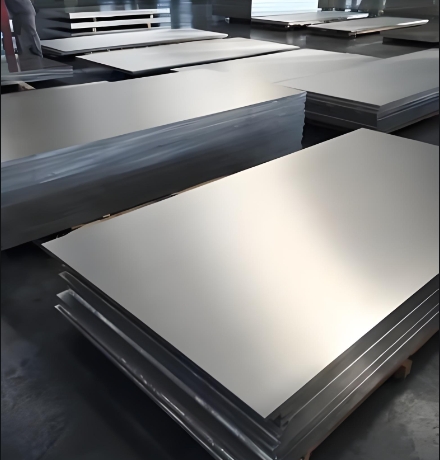
Plasma Cut Aluminum Plate vs. Other Cutting Methods: A Comparative Analysis
Here’s a quick comparison between plasma cutting and other common cutting methods for aluminum:
| Feature | Plasma Cutting | Laser Cutting | Waterjet Cutting |
|---|---|---|---|
| Cutting Speed | Fast (high productivity) | Slower than plasma | Slower than plasma |
| Precision | High (with CNC) | Very high (better for fine cuts) | High (but can be slower) |
| Thickness Range | Up to 50mm | Up to 25mm | Up to 200mm |
| Edge Quality | Slightly rough (post-processing required) | Smooth (minimal post-processing) | Smooth (no heat-affected zone) |
| Cost | Lower (affordable) | Higher (expensive setup) | Higher (expensive) |
| Material Compatibility | Works well on aluminum | Ideal for thin metals | Ideal for all materials |
Common Mistakes to Avoid When Working with Plasma Cut Aluminum Plate
⚠ Mistake 1: Choosing the Wrong Alloy
Different aluminum alloys have different properties. Using the wrong alloy for your application can lead to poor performance. Always match the alloy to your project’s requirements (e.g., corrosion resistance for marine environments).
⚠ Mistake 2: Inadequate Machine Settings
Plasma cutting requires proper machine settings for optimal results. Using incorrect voltage, amperage, or cutting speed can result in poor cut quality or excessive heat-affected zones.
⚠ Mistake 3: Ignoring Safety Precautions
Plasma cutting involves high temperatures and electrical currents. Always use appropriate personal protective equipment (PPE), including goggles, gloves, and flame-resistant clothing.
⚠ Mistake 4: Poor Material Handling
Aluminum plates should be stored and handled properly to avoid bending, scratching, or contamination. Ensure that your material is clean and free from oils or debris before cutting.
Checklist for Successful Plasma Cutting of Aluminum Plates
Before starting your plasma cutting project, ensure you’ve followed these steps:
-
Choose the correct aluminum alloy for your application.
-
Determine the appropriate plate thickness based on your cutting requirements.
-
Set up the machine with proper settings (Spanning, amperage, speed).
-
Prepare the material by ensuring it is clean and free from contaminants.
-
Check the safety equipment (PPE, fire extinguishers).
-
Verify the cutting path for any design adjustments.
-
Consider post-processing for edge finishing if necessary.
Conclusion: Maximizing the Benefits of Plasma Cut Aluminum Plates
Plasma cut aluminum plates are an excellent choice for a wide range of applications, from automotive manufacturing to architectural design. By understanding the cutting process, benefits, and best practices, you can ensure that your project meets the desired quality and efficiency standards.
By following the steps outlined above, avoiding common mistakes, and utilizing the right tools and materials, plasma cutting can become a powerful asset in your production process. Whether you’re in construction, aerospace, or creative industries, plasma cut aluminum plates offer a versatile, cost-effective, and high-quality solution for your cutting needs.


